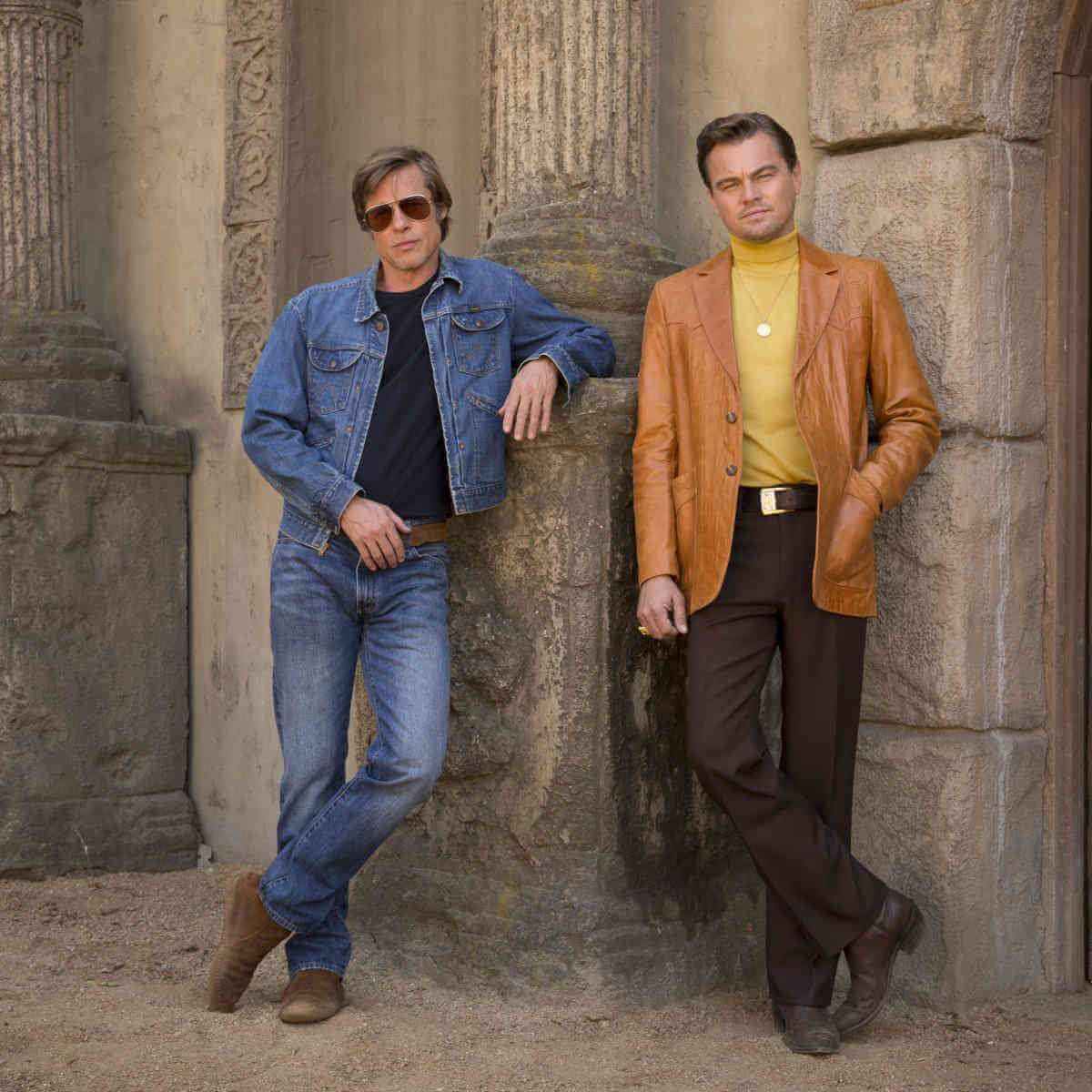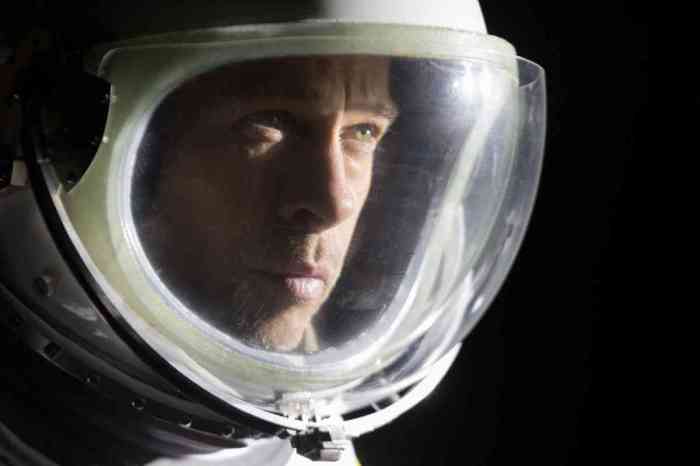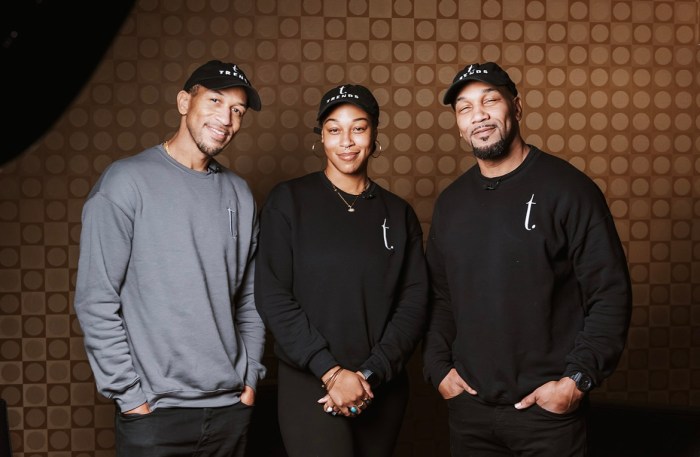A multiple choice quiz: Quentin Tarantino’s “Once Upon a Time in…Hollywood” is a) a film set in 1969 Hollywood; b) a film reflecting the 1990s when he was king of the world; c) a film about feeling far more precarious now; or d) all of the above.
When Tarantino announced in the summer of 2017 that he was planning a film about Sharon Tate and the Manson family, speculation immediately mounted that it’d be tasteless exploitation. Sony publicists have consistently warned critics not to give away spoilers or surprises. But I feel safe in saying that the director indulges his violence fetish while also being relatively generous and optimistic. He’s backed away from the edgelord tendencies of his 2015 “The Hateful Eight,” which now seems like a simultaneous symptom and diagnosis of the rising ugliness in American life that would lead to Trump’s election the following year.
Rick Dalton (Leonardo DiCaprio) is an actor whose career is suffering from the changes facing the American movie industry in the late ‘60s as well as from his drinking. He needs to go to Italy — and grow out his hair —to keep working in Westerns. However, his friend Cliff Booth (Brad Pitt), who works as a stuntman, is doing much better. Rick lives next door to Sharon Tate (Margot Robbie) and her husband Roman Polanski. As the men drive around Los Angeles, they see young female hippies dumpster-diving and hitching rides. These women turn out to be members of the Manson family, and Cliff takes a trip out to the Spahn Ranch without realizing what’s going on there.
“Once Upon a Time in… Hollywood” is a very cozy film. It feels like a place to chill out with Dalton and Booth — and, to a lesser extent, Tate — for 160 minutes. Tarantino cited a Howard Hawks retrospective in Amsterdam as an inspiration while he wrote the script for “Pulp Fiction.” Given the time frame, it’s fitting that he now evokes the leisurely pacing of ‘60s Hawks films like “Hatari!” and “El Dorado.” But if those films let their ensemble casts share the spotlight, “Once Upon a Time in… Hollywood” is concerned with stardom and the pathos of fading celebrity. Bruce Lee (Mike Moh) drops by for one pointless scene in which Rick kicks his ass so hard that Lee’s body dents a car, essentially reasserting his dominance over a man who’d become a worldwide superstar.
Tarantino lets “Once Upon a Time in… Hollywood” sprawl to the point of bloat. On a moment to moment basis, it’s a pleasure to spend time with this film’s characters. Given Tarantino’s reputation as a gorehound nihilist, it’s easy to forget his knack for evoking small pleasures like riding in a car blasting rock music. (It helps that he avoids easy ‘60s signifiers like “White Rabbit” and “Purple Haze” in favor of Paul Revere & the Raiders and José Feliciano’s cover of “California Dreamin’.”) Even the gore is pushed toward “what the hell am I seeing?” excess. Once again, Tarantino shows his ability to build tension by throwing comedy into the buildup to bloodshed.
Back in 1994, “Pulp Fiction” was one of Miramax’s first major successes after its acquisition by Disney the previous year. On its 25th anniversary, Disney now has near-monopolistic control over a shrinking film market. If “Pulp Fiction” turned “indie film” into big business the way Nirvana’s “Nevermind” did to alternative rock, the 2019 version of Disney/ Fox/ Marvel doesn’t have much interest in films that aren’t sequels, reboots and/ or comic book adaptations. “Once Upon a Time in…Hollywood” isn’t exactly waving a flag for realistic films about adults (“Jackie Brown” is the only Tarantino film with a direct connection to life outside the movie theater). Its sensibility seems simultaneously derived from nerdy adolescent fantasy about how cool it’d be to work in Hollywood and a feeling of middle-aged burnout. But as a Hollywood release this summer, it’s leftfield next to “Toy Story 4,” “Spider-Man: Far From Home,” “Aladdin,” “The Lion King,” and even “Yesterday.” If Tarantino weren’t already well established as his own franchise, Sony wouldn’t be releasing it on 2,000 screens.
While “Once Upon a Time in… Hollywood” is very entertaining, it comes across as a mechanism to keep anxiety about the decline of mainstream American cinema at bay. If the Manson family’s murders have been seen as an apocalyptic portent of the end of the ‘60s dream, they serve here as a symbol of change in the film industry. However, Tarantino seems too complacent. This is his first post-#MeToo film, and his personal reputation has sunk after revelations that he knew about Harvey Weinstein’s sexual abuse while making seven films with the producer/ distributor as well as the fact that his negligence on the set of “Kill Bill” led to Uma Thurman suffering permanent injuries in a stunt. None of this rises to the surface of “Once Upon a Time in… Hollywood,” but it lingers in the film’s placement of Tate on a pedestal and fear of ditzy “hippie chicks” lurking on the fringes of LA. Seen in this light, the film’s contempt for the counterculture and lack of interest in the coming New Hollywood come across as a defensive move.
ONCE UPON A TIME IN… HOLLYWOOD | Directed by Quentin Tarantino | Sony Pictures | Opens Jul. 26 citywide

































